- Details
By Chip Leer
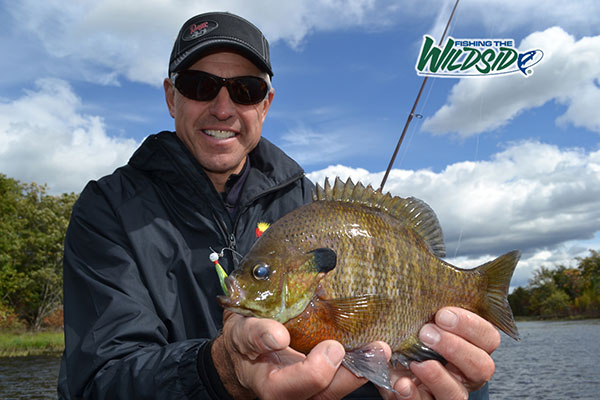 Catch The Pre-Ice Bite!
Catch The Pre-Ice Bite!
Don’t pack away your open-water tackle just yet. Winter’s impending arrival means it’s time to take advantage of a unique and highly productive fishing pattern I like to call the “pre-ice bite.”
Make no mistake, the lengthy feeding periods, extended strike windows and aggressive behavior of mid-fall are history once water temperatures dip into the lower 40-degree range. So the pre-ice bite doesn’t produce daylong action on active presentations like casting and trolling.
Instead, you have concentrated bursts of fish activity during prime times such as the last hour or so before and after sunset—with fish congregated in very predictable places. In most cases, you’ll find them in the same areas you will at first ice.
- Details
By Chip Leer
Fishing the WildSide
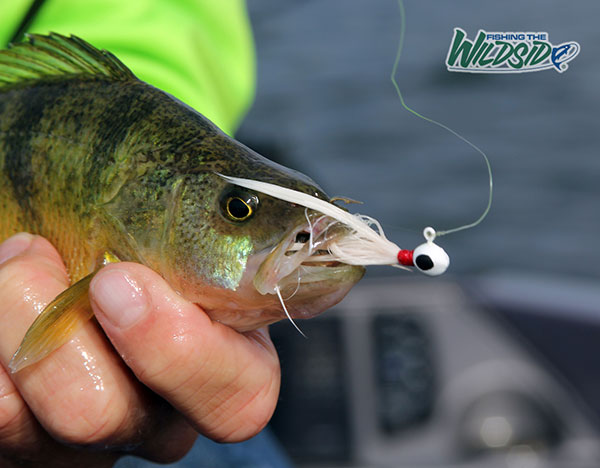 Timely Tactics for Finding Jumbos Fast
Timely Tactics for Finding Jumbos Fast
Fall is prime time to tap one of the year’s best yellow perch bites, as gluttonous jumbos gather in predictable places. If you’re a fan of fast action, fish fries and sweet-tasting fillets, you don’t want to miss it.
Here’s the deal: From the Great Lakes to large natural lakes and small inland honey holes, falling water temperatures trigger perch to abandon a variety of summer ranges in favor of shallow, food-laden flats, where they feast on protein-rich forage such as small crayfish before winter locks the lakes in its icy grip.
The shallow flats bite gets better as the water cools from the summer peak all the way to the fall turnover. After that, perch still roam the flats, but the big schools tend to break up.
- Details
By Chip Leer
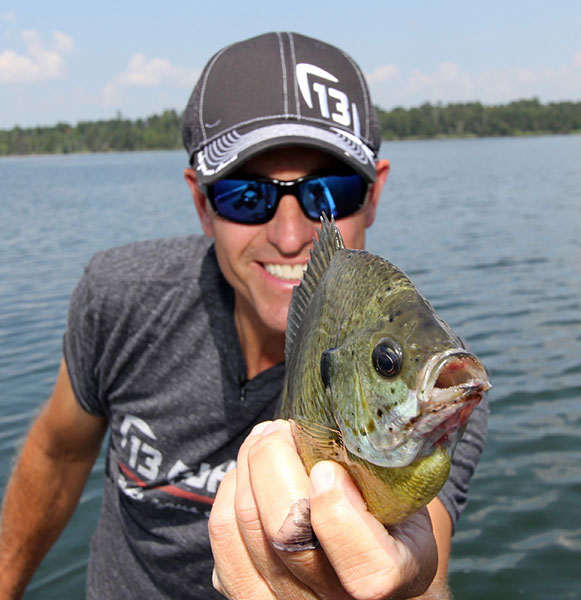 Target Mid-Depth Flats for Late-Summer Slabs
Target Mid-Depth Flats for Late-Summer Slabs
Every summer and early fall, super-size panfish in northern natural lakes gravitate toward mid-depth flats to feast on an underwater buffet that includes worms, insects, crustaceans and baitfish.
Fishermen who target these slabs of late summer are richly rewarded with some of the biggest panfish their lake has to offer.
Mid-sized natural lakes ranging from a few hundred to a few thousand acres in size are my favorite places to tap this bite. They offer a predictable structural progression that includes shallow water, a breakline, a weed edge somewhere along the break, and the main basin.
Mid-depth flats occur between the break and the basin, in anywhere from 18 to 30 feet of water. A typical flat might gradually taper from 20 to 22 feet, 24 to 26 feet, or 28 to 30 feet.
- Details
By Ted Pilgrim
Traditions Media
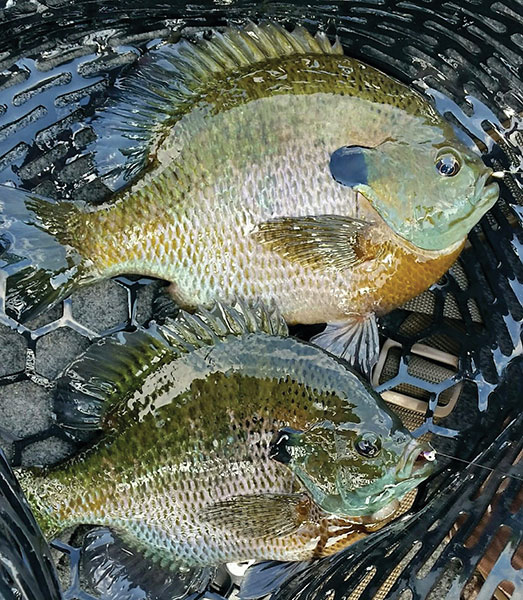 The Tungsten Advantage for Summer and Autumn Panfish
The Tungsten Advantage for Summer and Autumn Panfish
Fascinating factoid about panfish: When the spawning season a distant memory, a lot of folks manage to mostly, well, forget these fish exist.
It seems in some ways, crappies, sunfish and perch are the groundhogs of the fishing world—they show themselves in spring, but folks sort of neglect them after that. That is perplexing when you consider that for the balance of the calendar year—summer and fall, in particular— most of the biggest crappies, sunfish and perch simply take their game to deeper water. And it’s deep they remain, often from July through winter, and feisty and catchable as ever.
Thankfully, many of the best deep locations frequented by panfish aren’t more than a short boat-ride removed from their springtime hangouts. Black crappies suspend off the end of a weed point or a creek channel in 15 to 25 feet of water; big ‘gills on an isolated rock-pile, surrounded by 30 to 40 foot depths; or yellow perch scattered 20-feet down atop a sweeping mud flat.
- Details
By Louie Stout
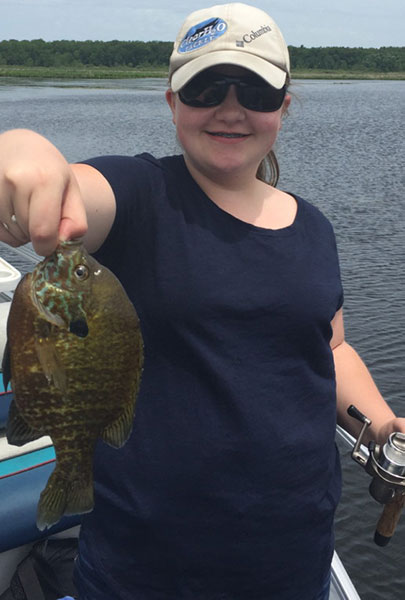 Tricks for Spawning Bluegills
Tricks for Spawning Bluegills
Darrin Schaap runs one of the most sophisticated tackle shops in Michiana.
He caters to hard-corps bass fishermen, Lake Michigan trollers, river walleye fishermen and steelhead anglers as well as the panfish crowd.
He does all of that with vigor, but nothing gets him more excited than bluegill fishing.
“If time allowed, he could do it every day,” he said with a huge grin.
So it’s no surprise that Schaap has spent quite a few days the past week fishing with his kids on lakes around his Edwardsburg home.
After all, the gills are beginning to spawn.
Now is the most popular time for bluegill fishermen because it can be easy fishing. Once the panfish lock down on dished-out beds they fan out with their tails, they are easy to spot. Sandy shorelines, around lily pads, behind scattered weeds and around docks are good places to look. They prefer to nest in areas relatively close to deeper water that provides them a safe escape route if bad weather rolls in.
Some will spawn fairly deep, depending upon the lake, but most of the deep spawning activity occurs later in the summer.





